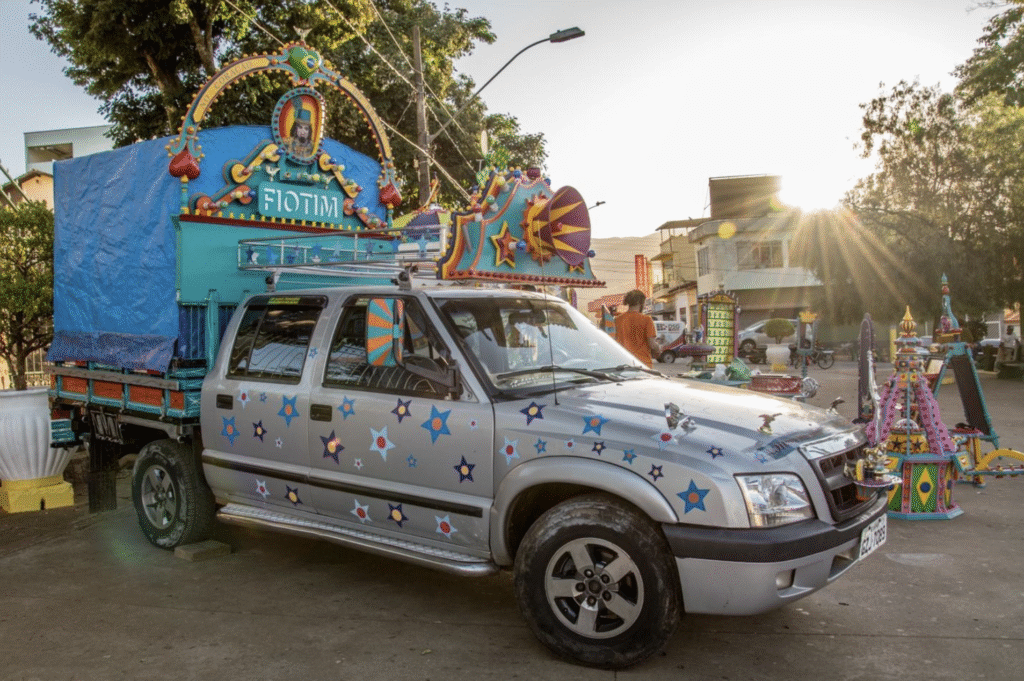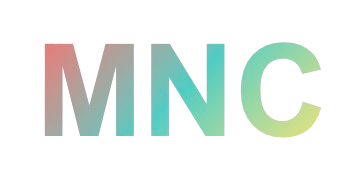Description
Many of Brazil’s villages and rural areas remain disconnected from traditional museum spaces. To remedy this, Jorge Fonseca, a self-taught artist, envisioned FIOTIM in 2015, a mobile museum built inside a trailer. To build FIOTIM, Fonseca crafted miniatures of the artwork from Inhotim Institute, a contemporary art museum in Brumadinho, Minas Gerais, Brazil. FIOTIM offers more than exhibitions; the artists perform plays, tell stories, and engage the public not just as an audience, but as artmakers rather than passive observers. Local artists in each visited town are also invited to showcase their own work during FIOTIM’s stay, embedding the project within existing creative communities rather than simply parachuting culture into them.


Many of Brazil’s villages and rural areas remain disconnected from traditional museum spaces. To remedy this, Jorge Fonseca, a self-taught artist, envisioned FIOTIM in 2015, a mobile museum built inside a trailer. To build FIOTIM, Fonseca crafted miniatures of the artwork from Inhotim Institute, a contemporary art museum in Brumadinho, Minas Gerais, Brazil. FIOTIM offers more than exhibitions; the artists perform plays, tell stories, and engage the public not just as an audience, but as artmakers rather than passive observers. Local artists in each visited town are also invited to showcase their own work during FIOTIM’s stay, embedding the project within existing creative communities rather than simply parachuting culture into them.
FIOTIM’s influence has directly inspired artist-led mobile initiatives such as Museu da Imagem Itinerante da Maré (MIIM) (Maré Itinerant Museum of Images). While MIIM similarly embodies Mobile Networked Creativity, it focuses mostly on photography, housing forty-two photographs within a portable box. MIIM collectively reclaims and renarrates the story of Maré, Brazil, a favela persistently misrepresented in mainstream media as violent and drug-ridden. Francis Valdean, the creator of MIIM, centered the Maré residents’ own perspectives and documented the community’s authentic history. By doing this, MIIM actively dismantles reductive stereotypes and asserts the agency of marginalized communities to control their own narratives.
As an art teacher in two Maré public schools, Francis Valdean integrates MIIM into his curriculum, using photography to teach students about art, history, and their community’s rich heritage. Once other teachers learned about the project, they began requesting presentations, with Valdean tailoring each lesson to what teachers want students to learn about Maré’s past and present. Valdean also shares his museum with the Maré community. Many residents have never visited a traditional museum and often have little knowledge of the community’s history. Some residents are just pleased to see themselves, their culture, and their art represented and exposed in a “museum.”


MIIM’s influence now extends beyond Maré’s borders. At the time of this writing, Valdean is collaborating with photographers in Rio de Janeiro favelas, including Quintino, Mangueira, and Vidigal. He supports these photographers in developing community-specific traveling museums. His ultimate goal is to create a mobile museum for his northeastern hometown. Through these expanding networks, Valdean is building a movement that ensures favela communities control their own historical narratives.
Connection To Mobile Networked Creativity
Mobile Networked Creativity is not limited to utilitarian inventions; it also includes creative practices rooted in aesthetics and self-expression, such as art. This is seen in projects like MIIM, which challenge passive consumption of exploitative mainstream media by enabling authentic self-representation. Although there are no formal restrictions on leaving the favelas, FIOTIM and MIIM reveal that social and economic obstacles significantly limit opportunities. By creating physical spaces for social connection in rural and underserved areas, these projects have increased community engagement and expanded local access to creative resources. Additionally, FIOTIM and MIIM have inspired others to launch similar initiatives, further demonstrating the power of Mobile Networked Creativity to support and empower vulnerable communities.

Location
Minas Gerais, Brazil
To Learn More
- “Museumiim,” Wayback Machine.
- Personal communication via WhatsApp (August 2023).
- “Images of the People (RJ),” Instituto Moreira Salles.
- Christopher Orr, “The Movie Review: ‘City of God,’” The Atlantic (blog), June 22, 2004.
- Personal communication via WhatsApp (August 2023).
- Charles Taylor, “What Is a “Social Imaginary”?” in Modern Social Imaginaries, ed. Dilip Parameshwar Gaonkar et al. (Duke University Press, 2004), 23–30.
- “FIOTIM – The Museum in Motion 03/23,” AgendaBH.
- Steven Johnson, Where Good Ideas Come from: The Natural History of Innovation (New York: Riverhead Books, 2010).
